Yabadabadoo!!! Flintstones Complete Vitamins, Part Four
August 15, 2013
Yabadabadoo!!! Flintstones Complete Vitamins, Part Four
Last time, I told you about “natural” and artificial flavors. Why would anyone in their right mind eat artificial flavors? I suspect it’s mostly because of lack of education and not reading labels.
On a similar vein, in this installment I will start telling you about GMOs (genetically engineered organisms) and GM (genetically engineered) crops. I did already write a whole exposé on GMOs earlier on my blog. Feel free to look it up below this posting for more details. The very short version of it is that GMOs are created by inserting genes from one species such as bacteria, viruses, or animals into the DNA of a food crop or animal to create new traits. This is a vast subject but information s available everywhere on the internet.
At this time, the majority of GM crops are soybean (oil and animal feed), corn (assorted food ingredients and animal feed), cotton (oil and animal feed) and sugar beets (sugar and animal feed). Smaller GM crops are alfalfa (animal feed), Hawaiian pineapple, some papaya and some zucchini and crookneck squash. Unfortunately, they are used everywhere in our processed food, supplements and even in cosmetics. Buyer beware!
Since we are still in summer, this time I will give you the recipe for a refreshing salad: Carrot, Pineapple and Raisin Salad. I hope you enjoy it. Bon Appetit!
Hydrogenated Soybean Oil
We have 2 separate issues to deal with:
1. Hydrogenated oil
Hydrogenation is the process of heating liquid vegetable oil and combining it with hydrogen gas. Hydrogenated oils where created to prolong the shelf life of processed foods and avoid rancidity. Packaged foods containing these oils can last for years. Hydrogenated fats or oils, also called trans fats are known to raise cholesterol and contribute to coronary artery disease. Why would there be any reason to include hydrogenated oils in a child’s supplement? Avoid at all costs.
2. Soybean oil
Soybean (approx. 93% of U.S. crop in 2011) – Traits: Resistance to glyphosate (see Roundup Ready soybean) or glufosinate herbicides; make less saturated fats. Kills susceptible insect pests. Soy beans are the most important crop worldwide for producing oil and protein. Tolerance to herbicides is by far the most important commercial characteristic of GM-soya beans.
Miso, natto, soy drink or milk, soy flour, soy sauce, soy lecithin, soy protein, soybean oil, isolate, and isoflavone, tamari, tocopherol (vitamin E), texturized soy protein, tofu, tempeh, vegetable oil* and vegetable protein* and many other applications. Avoid any GM (genetically engineered) crops.
Pregelatinized Strach (? – ditto)
Food starch: Can come from potato (Europe) or GM Corn. Corn starch can consist partly of genetically modified corn, especially if the raw material was imported from the USA or Argentina. Avoid GM corn version.
Gelatin
Gelatin can come from different sources. They are:
Gelatin: Gelatin is mostly produced from pig skin, and cattle (bovine) hides and bones. Both pigs and bovines can be fed corn or soybean feed – 2 GM crops. Also, bovines and sometimes pigs are injected genetically engineered growth hormones. Ask for non-GMO certification or avoid.
Bison gelatin: Although bison is typically grass fed, it can be grain-finished, in which case, it could be fed corn (a GM crop). Look for “grass-fed” labels on bison to best avoid any GM-corn-fed bison.
Fish gelatin: Can come from commercially-farmed tilapia or swai (iridescent shark) fed with corn or soybean pellets – 2 GM crops. In the pharmaceutical industry gelatin is generally used in capsules, tablets, suppositories and vitamin encapsulation. Avoid.
Chef Alain’s Recipe
Salade de Carottes, Ananas et Raisins Secs.
Carrot, Pineapple and Raisin Salad
This is a sweet and tart salad. You can find it in all French “traiteurs” (caterers) windows but I added pineapple chunks to this recipe to make it more fun.
Servings: 4
Prep Time: 20 min.
INGREDIENTS
– ½ cup raisins
– 1 pound carrots, washed, peeled and grated
– 8 oz fresh pineapple chunks
Vinaigrette:
– 1 oz fresh lemon juice
– 1 tsp sea salt
– ½ tsp cayenne pepper
– 2 Tbsp extra virgin olive oil
PROCEDURE
1. Place your raisins in a small pan. Cover with water. Bring to boil. Take off the flame. Let soak while the rest of the salad is prepared.
2. Wash, peel and grate your carrots with your food processor’s grating plate.
3. Cut both ends of your pineapple. Place it on a cutting board and cut the skin off from top to bottom with a sharp chef’s knife. Cut into eight pieces; remove and discard the core. Slice pineapple into half-inch chunks. To make things easier, you may want to buy your pineapple chunks already pre-cut.
4. Prepare the dressing at the bottom of your salad bowl. Whisk all the ingredients thoroughly.
5. Add the carrots, pineapple chunks and drained raisins. Toss gently and enjoy!
Chef’s tip: If you feel adventurous and want to make this recipe more exotic, you may soak the raisins in rum. Just don’t tell the kids.
This recipe is excerpted from How to Lower Your Cholesterol With French Gourmet Food by Chef Alain Braux
Next time, we’ll talk about an important vitamin, vitamin E and its natural sources.
Until then, A Votre Santé – To Your Health
Chef Alain Braux
Chef Alain Braux is an award-winning executive chef and award-winning food and health author. Chef Braux is the executive chef and nutrition therapist at Peoples Pharmacy in Austin, TX, as well as running his health food consulting private practice at A Votre Santé – To Your Health. You can also find him on Facebook, LinkedIn, and Twitter.
Chef Braux is an expert in food allergies diets and the author of multiple award-winning food and health books. “How to Lower your Cholesterol with French Gourmet Food”, “Living Gluten and Dairy-Free with French Gourmet Food”, “Healthy French Cuisine for Less Than $10/Day” and most recently “Paleo French Cuisine”.
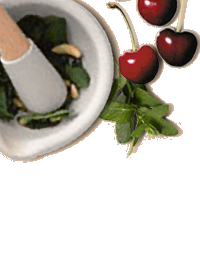
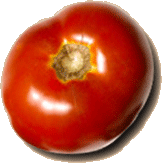
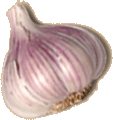
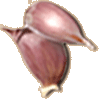
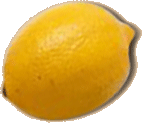
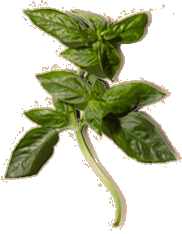
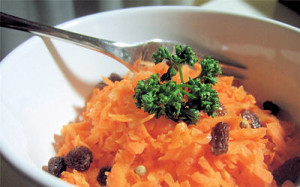
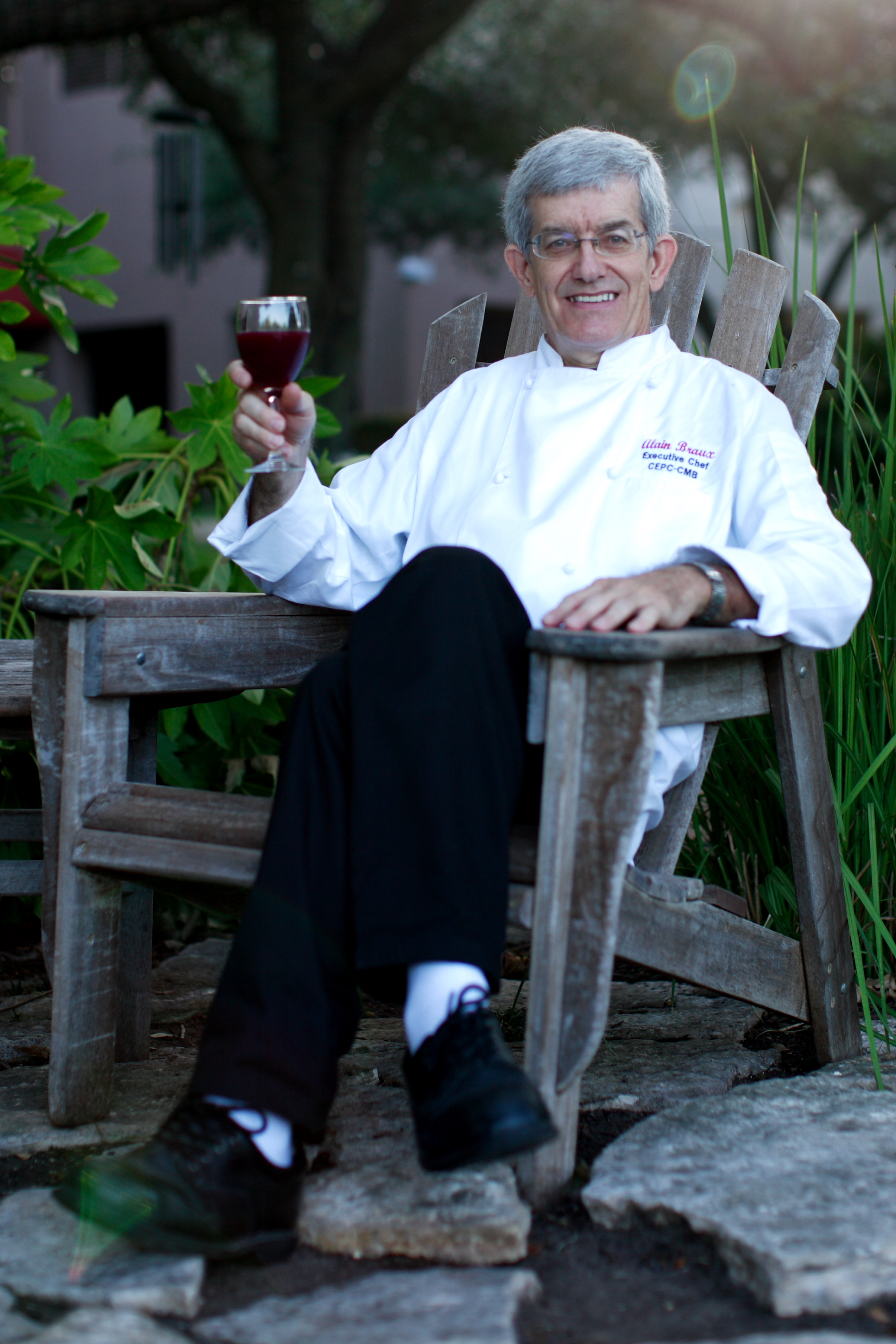
4 comments